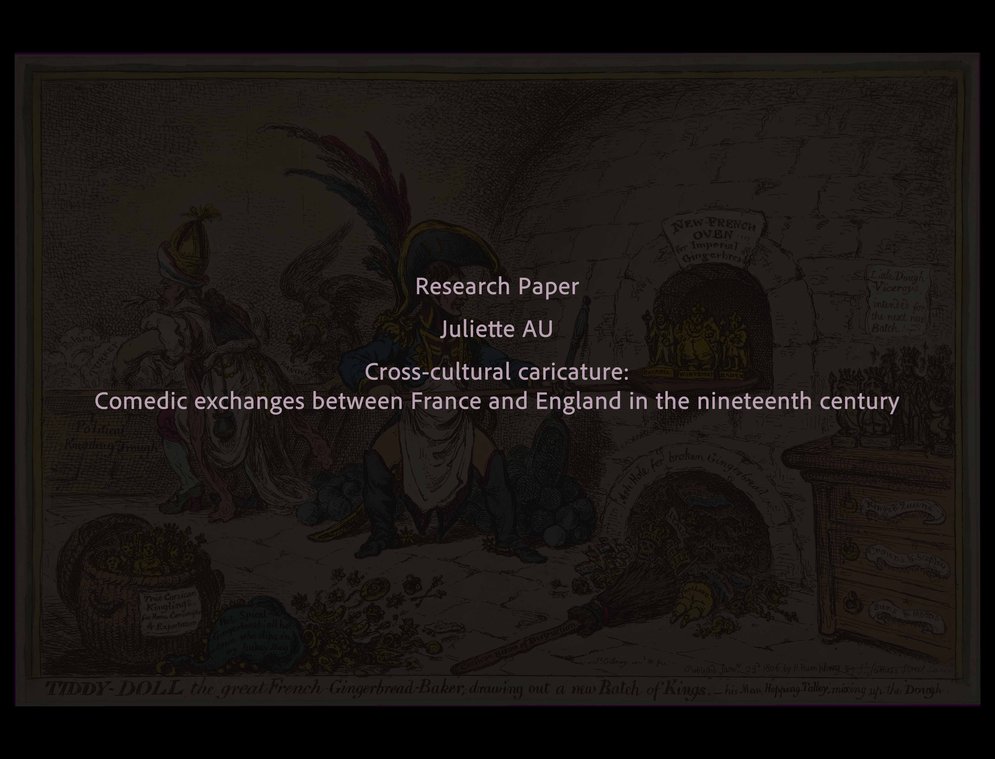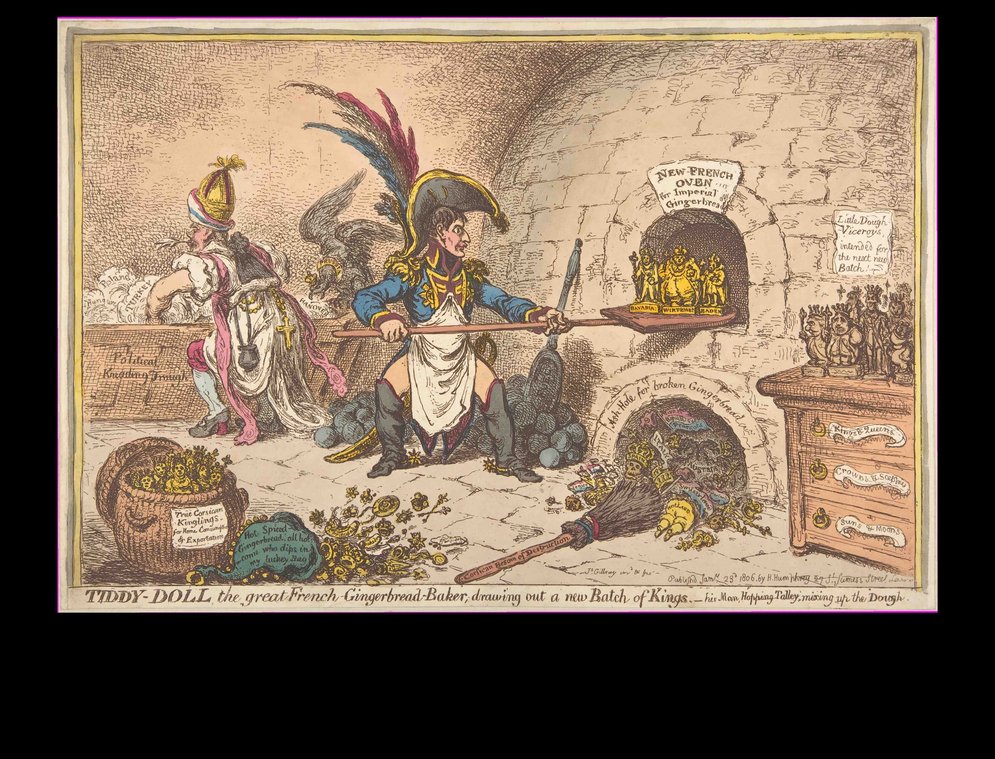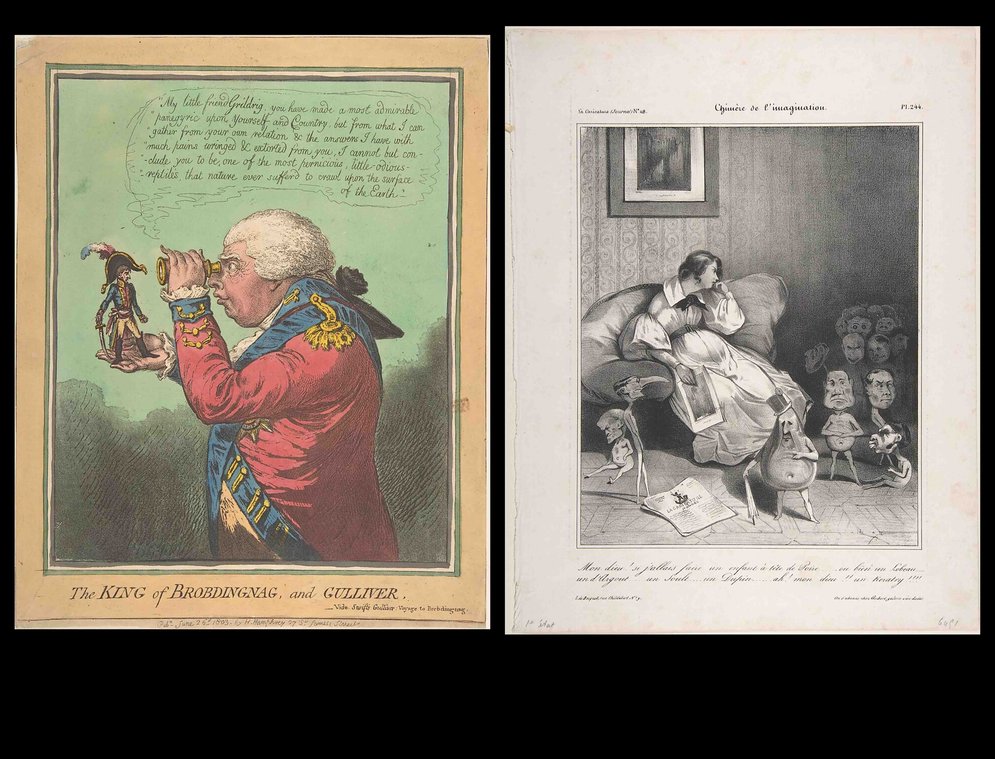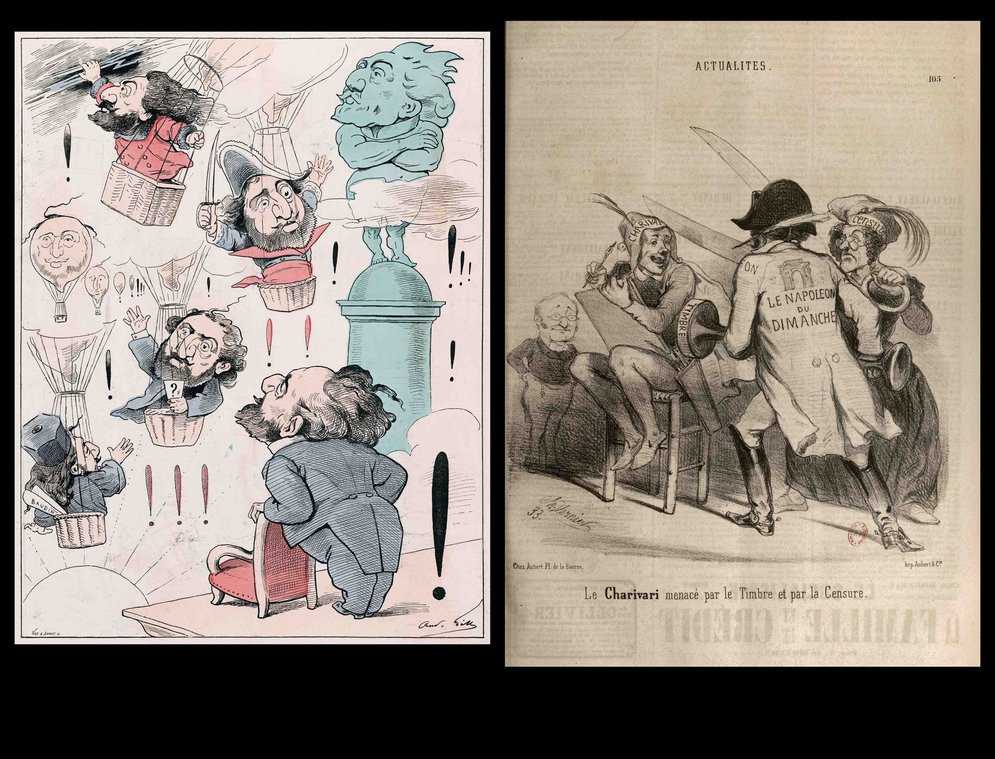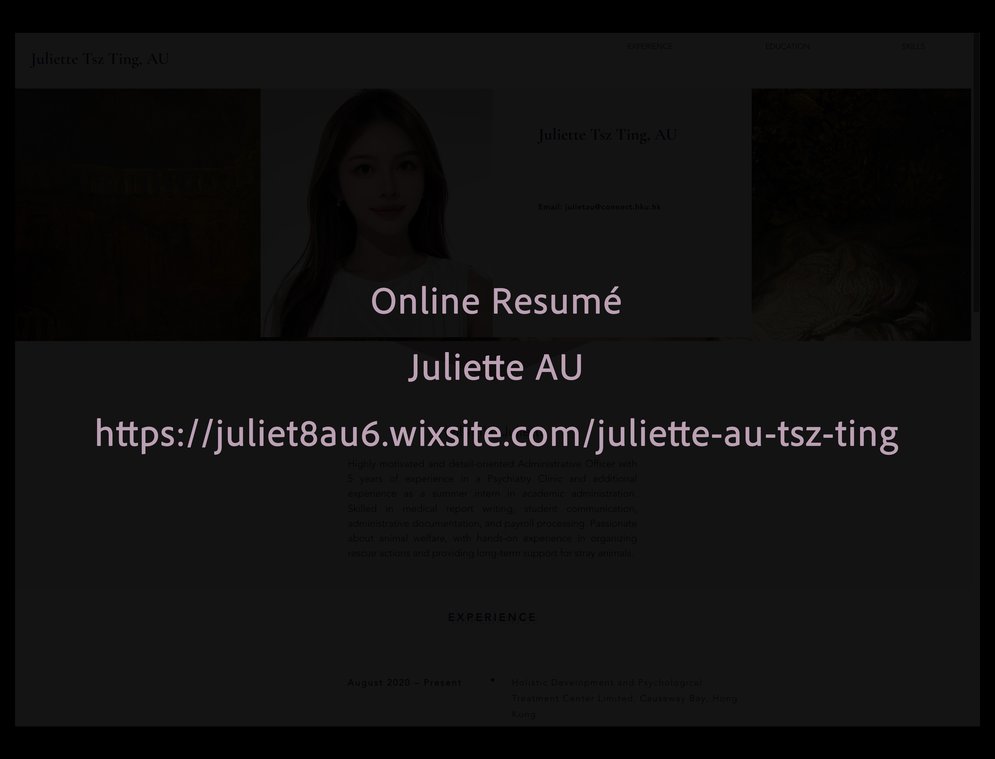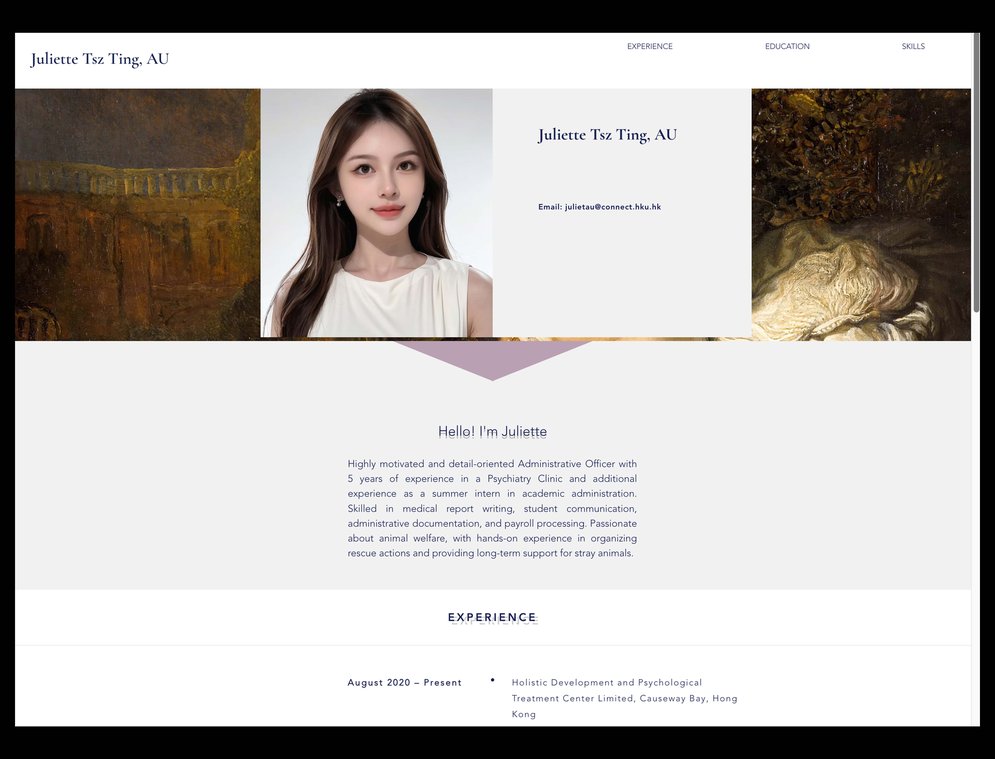Juliette Au
Cross-cultural caricature:
Comedic exchanges between France and England in the nineteenth century (GLAS4901 | Semester 2, 2024–2025)
Description
Online Resumé
https://juliet8au6.wixsite.com/juliette-au-tsz-ting
Research Paper
Cross-cultural Caricature: Comedic exchanges between France and England in the nineteenth century
This paper explores how nineteenth-century French and British caricatures satirised their own and each other’s iconic national figures, arguing that they served as visual contrast agents within a transnational dialogue that reshaped perceptions of power and identity. Through a handful of case studies —James Gillray’s Tiddy-Doll, the Great French Gingerbread-Baker (1806) and The King of Brobdingnag and Gulliver (1803), Honoré Daumier’s Chimera of the Imagination (1833) from La Caricature, André Gill’s caricature of Léon Gambetta (1870s), and Charles Vernier’s Actualités : le Charivari menacé par le Timbre et la Censure (1850)—I examine how imagery and print networks fostered mutual comedic endeavours across borders. Building on the work of print and caricature scholars like Amelia Rauser and Richard Godfrey, I spotlight caricature’s role as a contrast agent in shaping a cross-cultural visual language and influencing perceptions of authority in both nations. This study advances visual satire scholarship by illuminating its global impact, calling for further investigation into cross-cultural exchanges.
I begin by establishing the historical context and the development of lithography, which enabled rapid production and dissemination of satirical prints. The analysis then delves into domestic caricature and visual satire, examining how artists critiqued figures such as Louis-Philippe and George III. Next, I explore cross-national visual satire through case studies that reveal mutual influences. The paper concludes by assessing caricature’s lasting impact on transnational perceptions of power, proposing future research into a global phenomenon. This approach bridges national and transnational perspectives, offering new insights into nineteenth-century visual culture.

